Amp Locker v1.1.7 WiN MAC LiNUX
13/07/2024 | VST3 AU AAX STANDALONE LiNUX WiN MAC | 585 MB
All In One Amp Sim Suite
Amp Locker is our all-in-one solution that seamlessly integrates into your recording setup, enabling you to capture studio-grade sound in real-time. Shape your sound with a vast selection of virtual stompboxes,amps,cabs and effects, opening up endless avenues for musical creativity. Immerse yourself in the genuine tones of iconic guitar amplifiers, faithfully recreated in the digital realm
Evergrowing Amp Collection
Amp Locker’s amp, pedal and cab collection are always expanding, wishing to meet all your tone needs.
Try out new amps directly within the plug-in interface, opening up a world of sonic possibilities.
Or if you have the subscription, enjoy an evergrowing collection of virtual guitar gear!
Ever Expanding FX Collection
In the world of music, your unique sonic fingerprint matters.
Amp Locker not only boasts a diverse array of meticulously crafted guitar amplifiers but also houses an ever-expanding treasure trove of effects at your fingertips.
With our continuously growing FX library, you have the power to mold your tone into a sonic masterpiece that resonates with your artistic vision.
Features
• Freely Adjustable Pedals & Rack FX
• Cabs with freely movable mics
• Double Tracking Emulation
• Plug-in and Stand Alone App
• MIDI Support
• IR Loader & 3D Cab “Impact” algorithm for ultra realism
Free Virtual Gear
Amp Locker comes with free gear to get you startedPrestige 1950 – A british hotrodded amp
7 FX Pedals – 7 Rack FX
11 3D Cabs – Fully Adjustable with 11 Mics


![]()
![]()
![]()
![]()
![]()
![]()
WIN 10 ( 121 MB )
WIN 7 ( 119 MB )
MAC ( 212 MB )
LiNUX ( 215 MB )
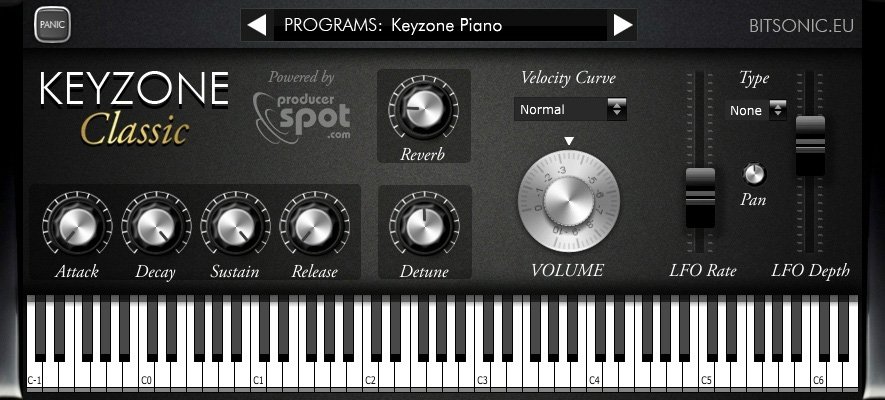
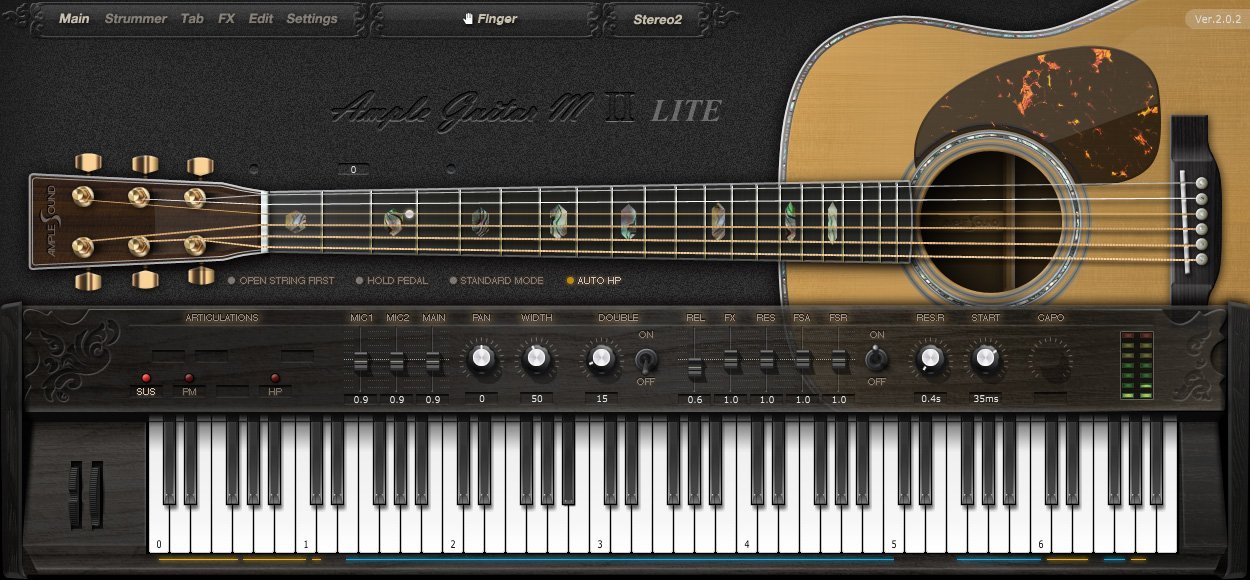
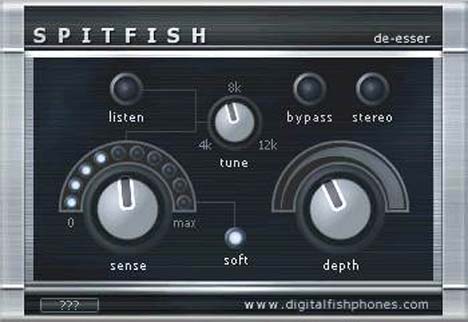
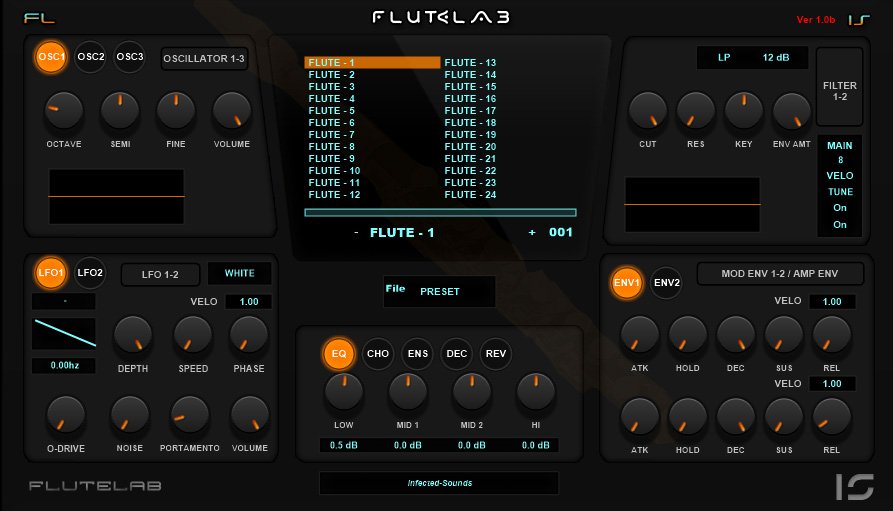
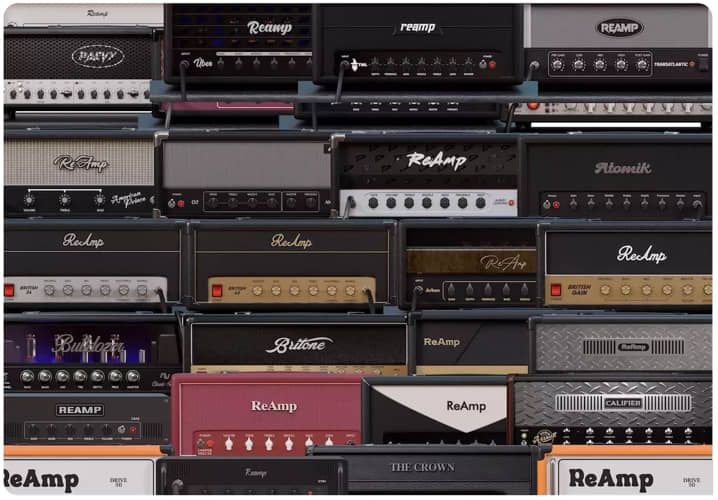
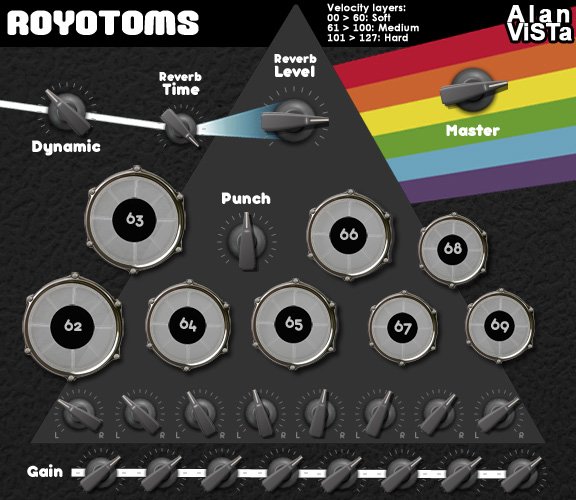
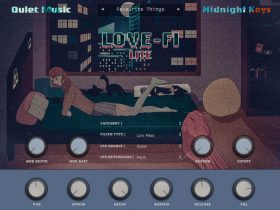
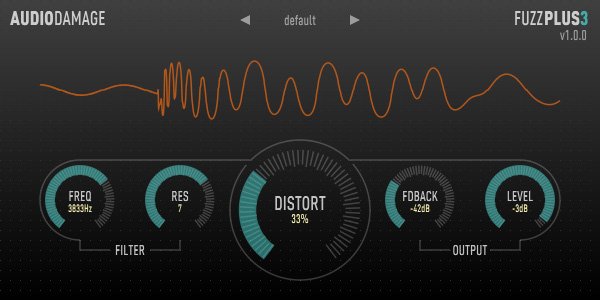
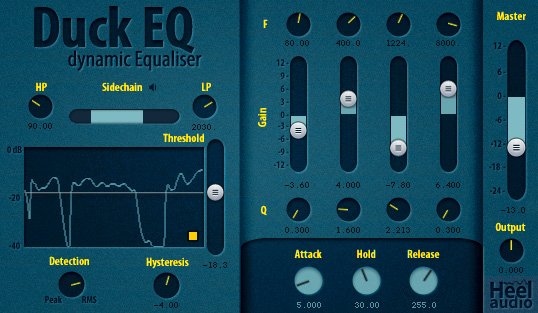

Leave a Review